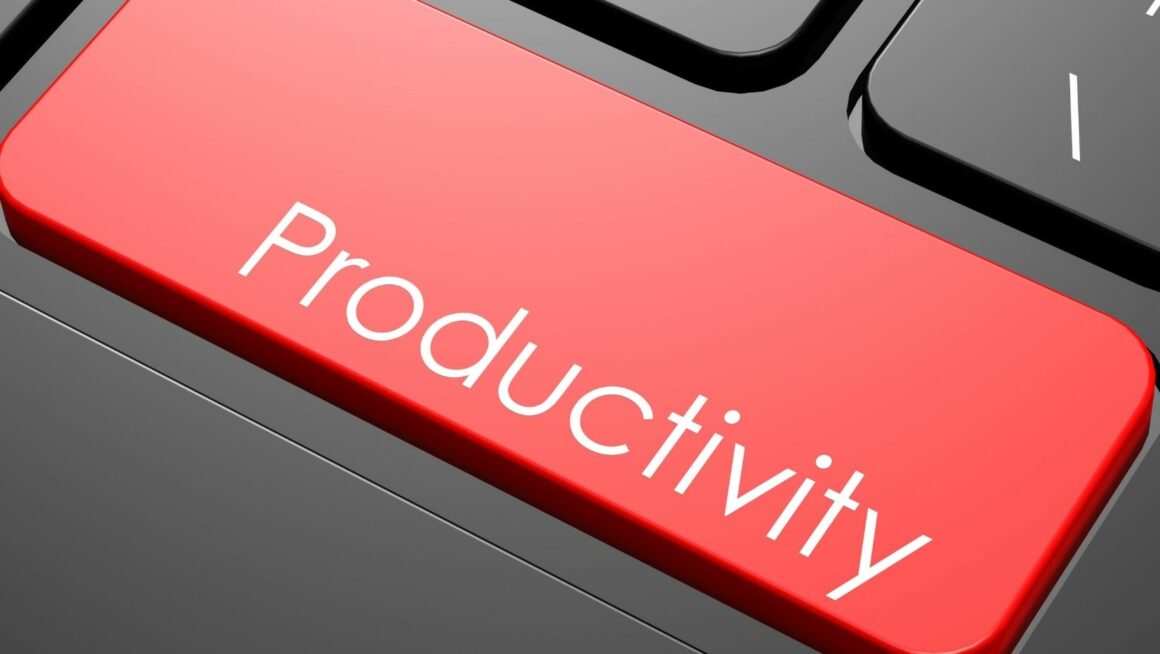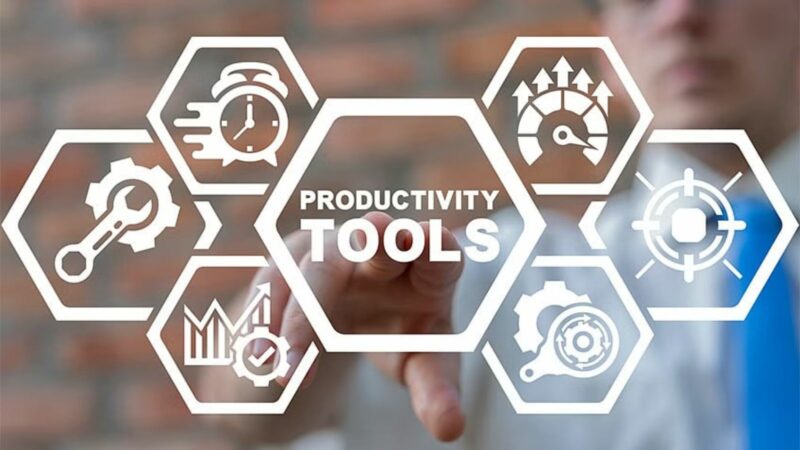In the fast-paced world of project management, staying productive isn’t just a goal, it’s a necessity. As project timelines tighten and expectations rise, project managers are increasingly turning to productivity tools to stay ahead. These tools aren’t just fancy gadgets, they’re game-changers, transforming how teams work, communicate, and deliver results.
From task automation to real-time collaboration, productivity tools are redefining the project management landscape. But with a sea of options out there, how do you choose the right one? This article will guide you through the maze of productivity tools, helping you find the ones that best fit your project management needs. So buckle up and get ready to boost your productivity to new heights.
Productivity Tools for Project Management
In the realm of project management, productivity tools act as game-changers. They are instrumental in transforming work dynamics, foster communication, and promote enhanced results. With a myriad of options available, this section aims to guide readers through identifying the perfect tool for their project needs.
Harnessing the right productivity tool can be pivotal in project success. They streamline workflows, reduce the risk of errors, and ensure efficient use of time. Need for manual work decreases and productivity sees a tangible rise. Google Drive, for instance, serves as a virtual office, enabling team members to create, edit, and share documents anytime, anywhere.
Key Features to Look For
Among the plethora of features available, certain traits take precedence in productivity tools for project management:
- Collaboration: The tool, like Slack, must foster team cohesion and joint effort. Communication should be seamless, and sharing ideas and feedback straightforward.
- Task Management: It should allow goal setting, deadline tracking, and task allocation, much like Trello or Asana.
- Integration: The tool must integrate smoothly with existing systems. Google Workspace offers excellent integration, connecting efficiently with other software.
- User-friendly Interface: It’s paramount that the tool is easy to navigate. Reducing hurdle for beginners, tools like MS Project stand out with their intuitive interface.
- Reporting Capabilities: Reporting and analytics features are beneficial, offering insights into project performance. This is a forte of tools like Jira.
Overall, identifying and utilizing the right productivity tools is a vital element in achieving project management success. Understanding the role of these tools, along with understanding key features, is crucial in making the right choice.
Top Productivity Tools for Effective Project Management
Executing project tasks efficiently entails leveraging robust productivity tools. These tools are instrumental in propelling outcomes and team dynamics. By acknowledging the complexity of projects, managers can harness these tools proficiently. A deep understanding of these tools, their interfaces, integration capabilities, and reporting mechanisms has multiple benefits, primarily guaranteeing project success. This subsequent review covers two categories of productivity tools vital for effective project management: Task Management Systems and Time Tracking Applications.
A Task Management System offers an overview of individual tasks making up a project. It enables project managers to delegate assignments, monitor progress, and detect bottlenecks. It brings transparency to workloads, ensuring equitable distribution and facilitating deadline management.
Asana, with its intuitive interface, allows managers to create and assign tasks, detailing the respective responsibilities. Through its range of features, it provides flexible project visualization, enabling easy update tracking. Trello, on the other hand, is lauded for its use of cards and boards to organize tasks.
Benefits of Integrating Productivity Tools in Project Management
Integrating productivity tools in project management brings substantive benefits, ranging from bolstering collaboration to enhancing time management. By streamlining workflows and fostering communication, these tools act as catalysts in maximizing efficiency and propelling project success.
Improved Collaboration
Productivity tools prove instrumental in expanding the horizons of teamwork. They facilitate seamless communication, both within teams and with stakeholders, fostering an environment of collaboration and unity. For instance, tools like Asana and Trello enable instant sharing of updates and feedback, enhancing transparency and aligning team efforts. Moreover, they allow for efficient delegation of tasks, ensuring that each member is aware of their roles and responsibilities.





